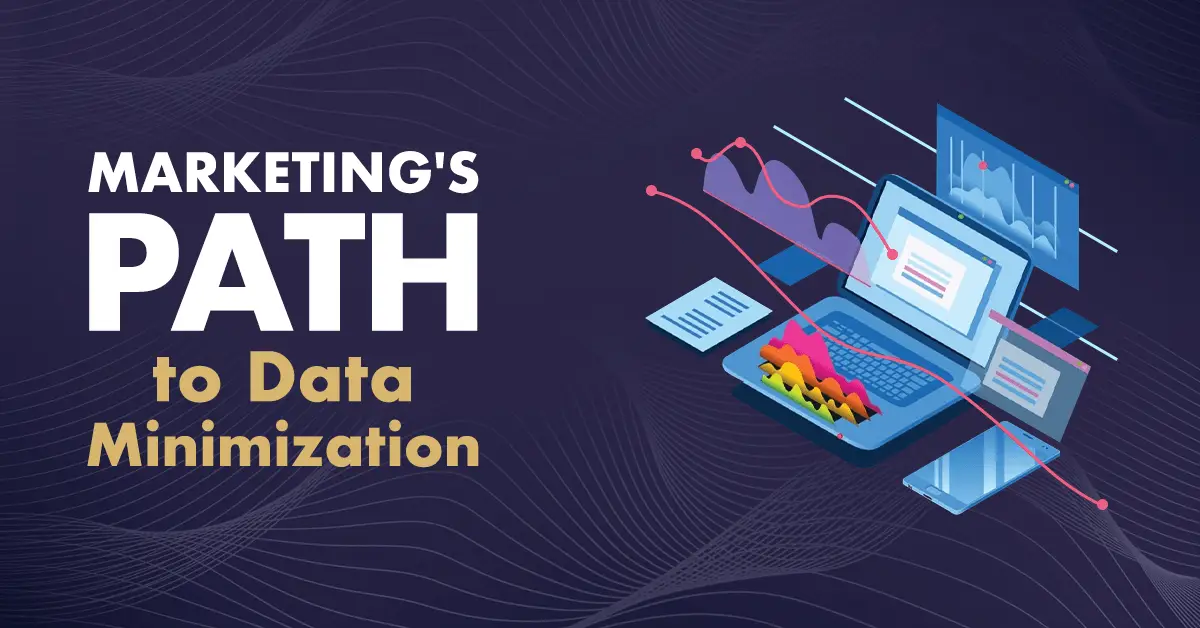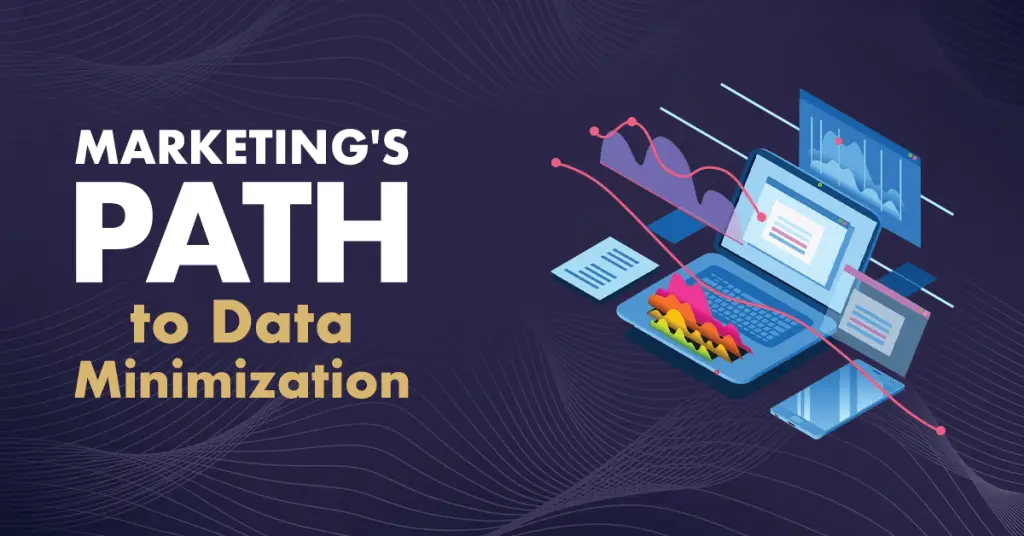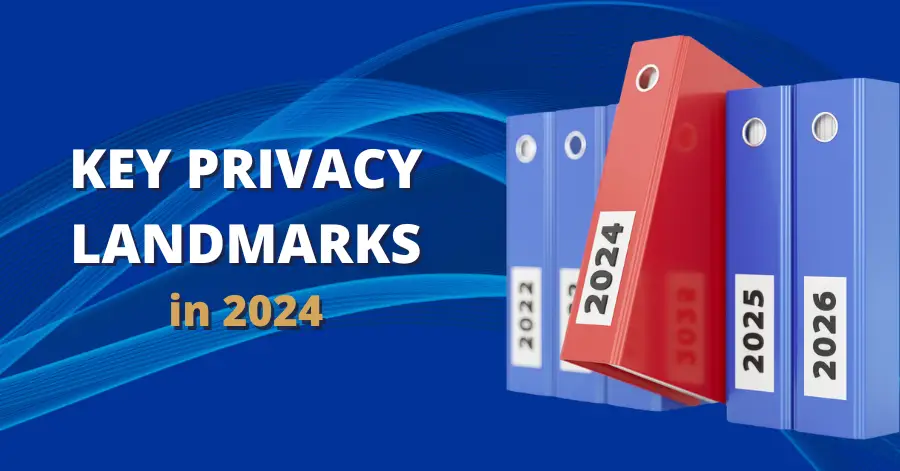Marketing’s Path to Data Minimization


Historically, corporate approaches to customer data privacy have rarely gone smoothly. Marketers tend to collect as much customer data as possible to maximize their outreach. But customers aren’t always willing to provide this data, especially if there seems to be no good reason for them to share it. This kind of consumer behavior prompted marketers to adopt a new habit: data minimization.
What is Data Minimization?
Data minimization consists of two primary rules. First, and more famously: collect only as much data as you actually need. For instance, a company sending free T-shirts to its clients may need their shirt sizes, but not their birthdays.
Second: only retain the data as long as you need to fulfill its intended purpose. Continuing our T-shirt giveaway example, the company has no reason to retain their clients’ provided shirt sizes once the promotion ends. This is true even if they plan to give away more T-shirts in the future. They only need this data for a very specific purpose, and holding onto it outside that purpose is unnecessary. Future T-shirt giveaways can just request sizing information again.
Data Minimization’s Origins in Marketing
Data minimization has an interesting history in marketing. In the early days of online advertising, marketers relished the thought of getting every possible bit of customer data regardless of whether it was immediately needed or not. After all, maybe they could use it in the future. This led to the creation of very, very long online forms for customers to fill out. Someone might have to provide everything from their birthday to their favorite color just to subscribe to an email newsletter.
Unsurprisingly, this approach wasn’t popular with consumers. First of all, the painfully detailed forms just took a long time to fill out. Second, many of the questions seemed invasive and unnecessary. Customers were left wondering why a T-shirt giveaway form wanted their shoe size. Marketers looked for ways to improve form conversions and discovered through testing that short and noninvasive forms performed much better. The less they asked, the more conversions they recorded. Marketers began adjusting forms accordingly. Forms became shorter and simpler, asking fewer questions and requiring less data. Conversion rates noticeably increased as more customers were willing to complete these shorter forms.
The original intent behind these changes was to increase leads and therefore revenue. But what marketers may not have known at the time was that they were practicing data minimization—a principle that meshes perfectly with modern data privacy laws.

How Data Minimization Improves Customer Trust
Data minimization is an excellent way to gain customer trust for several specific reasons. First: data minimization requires companies to be very transparent about why they need certain information, rather than just requesting data for its own sake. Customers who are told they’ll be receiving a free T-shirt will happily provide their shirt size. Customers who don’t know why the company wants this information will be skeptical, perceive this over-reach as an invasion of their privacy, and may abandon the form entirely.
Second: data minimization shows that the company respects customers’ rights to not provide every single detail about themselves. This demonstrates that the company doesn’t just view its customers as points of data to be used. They recognize their customers are people and deserve the choice of what to do with their private data. This helps customer trust as people learn the company won’t exploit them.
Practicing Data Minimization in a Privacy-Focused World
The information age has made customers more aware than ever of just how fast and how far their data can spread. By implementing data minimization, your company can demonstrate that you understand your customers’ concerns and won’t betray their trust. Better yet, your marketing department will get more leads and your legal department won’t have to worry about unnecessarily collected data. Everyone wins!
For more information on data minimization and overall privacy compliance, give us a call and chat with our team of privacy experts.





